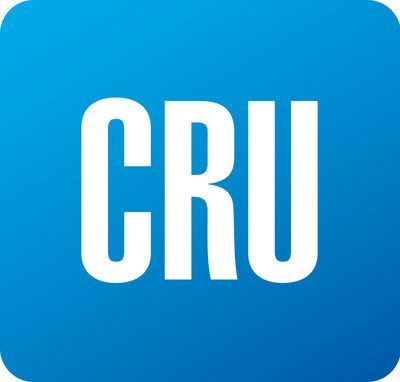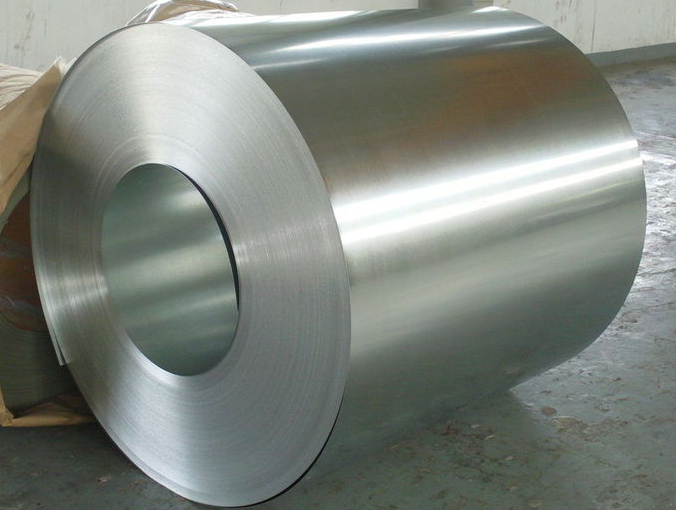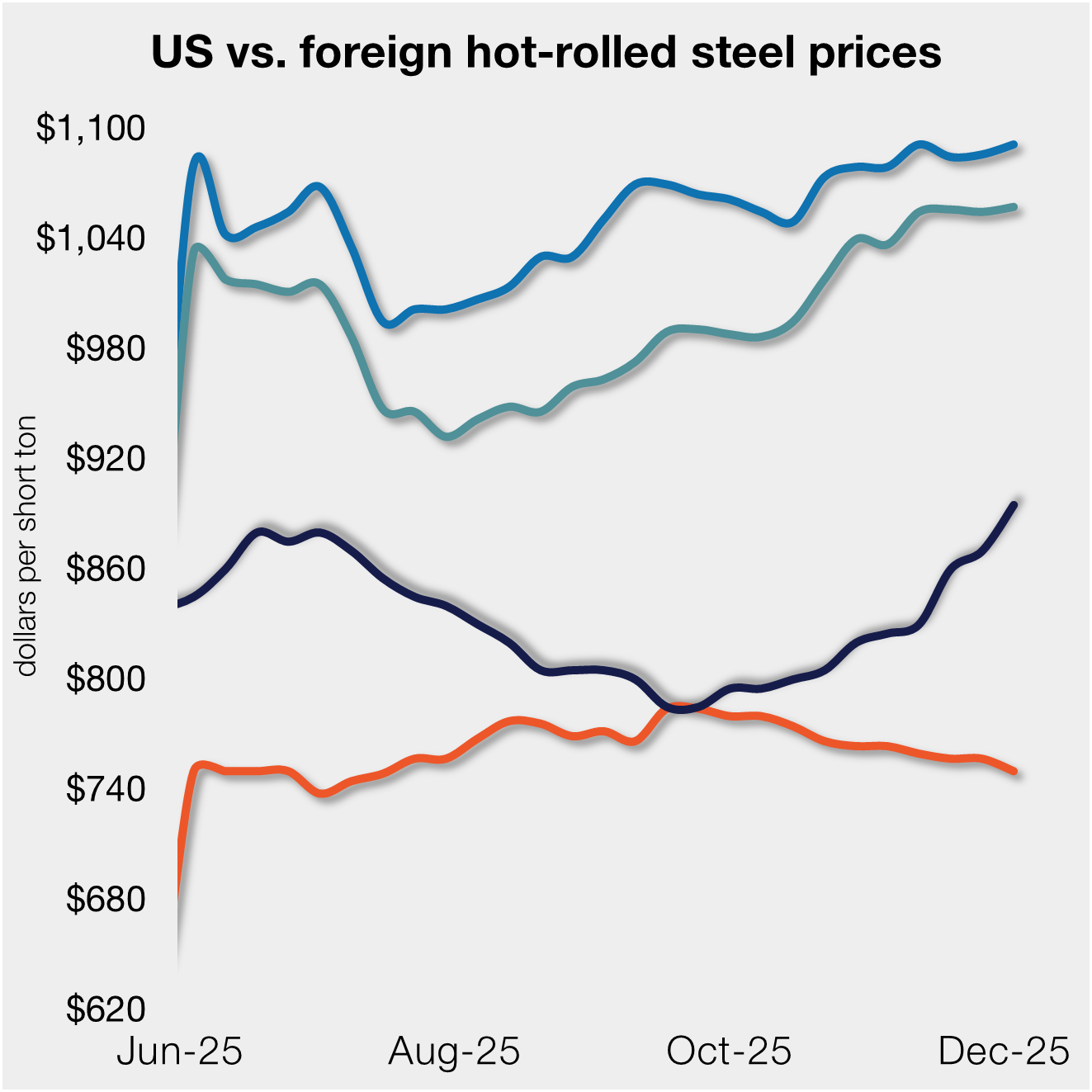Prices

October 21, 2022
CRU: Steel Buyers Focus on Domestic Negotiations and Inventories
Written by Estelle Tran
US sheet prices continue to slide, and the weakness in the domestic market has buyers confident that they can get domestic suppliers to negotiate. For hot-rolled coil, imports have not been very advantageous relative to futures. There have been some workable offers for tandem mill products. But buyers have been more inclined to buy domestically or from Mexico and Canada. Buyers seem to be reluctant to place import orders because domestic prices continue to fall as demand softens.
In the US longs market, wire rod consumers are still working through high inventories. Wire rod imports hit the highest level for the year with ~177,000 metric tons imported in July. Import volumes fell off dramatically in August with 70,000 tons of wire rod imported, and volumes are expected to remain low as manufacturers work through their inventories. Despite attractive import offers, buyers are avoiding placing orders for import or domestic material.
Opportunities for Korean exports?
South Korean plate offers have been some of the most competitive pricing available, more than $200 per short ton below current domestic pricing, according to one contact. While pricing may be workable for plate, given the large spread with US prices, the market is soft enough that many are opting to use import offers to negotiate with domestic mills, rather than dealing with the uncertainty that comes with imports.
A recent preliminary administrative review found insignificant duty rates for South Korean coated flat products, and in October, a preliminary administrative review similarly found little-to-no margins for Korean cold-rolled coil. The US Department of Commerce preliminarily found net subsidy rates of 0.27-9.18% for CR coil and no dumping margin. Korean steel is still subject to a quota under Section 232, so while there could be more opportunities to import, they are unlikely to surge. The annual quota for Korean CR sheet is 90,000 tons.
Brazilian slab decline further
Despite efforts to stop prices from falling further, Brazilian steel mills cut slab prices again in October. In October, the CRU Brazilian slab export price fell to $585 per metric ton FOB, from $600/ton in September. The range of prices available recently was $565–605/ton, depending on the market. Though raw material prices have edged down month on month, Brazilian slab prices are approaching costs. Prices fell more than expected because of weaker demand, particularly in Europe.
Outlook: Steel prices continue to decrease with low demand
US sheet buyers are having success getting domestic mills to negotiate, and this has limited interest in imports. We expect this trend to continue because buyers are feeling uncertain about pricing, demand prospects, and import logistics.
Brazilian slab price decreases have slowed and are not expected to fall further. Brazilian mills are experiencing margin compression, according to the CRU cost model, and we expect mills to resist further declines, even though steel prices are still falling. There was some speculation that steel mill closures in Europe as a result of the energy crisis could create more demand for Brazilian exports. This has not materialized. The European ban on Russian semifinished steel imports should not create more demand for Brazilian exports either, as it allows for temporary quotas until 2024.
Learn more about CRU’s services at www.crugroup.com
By Estelle Tran, Estelle.Tran@CRUGroup.com







